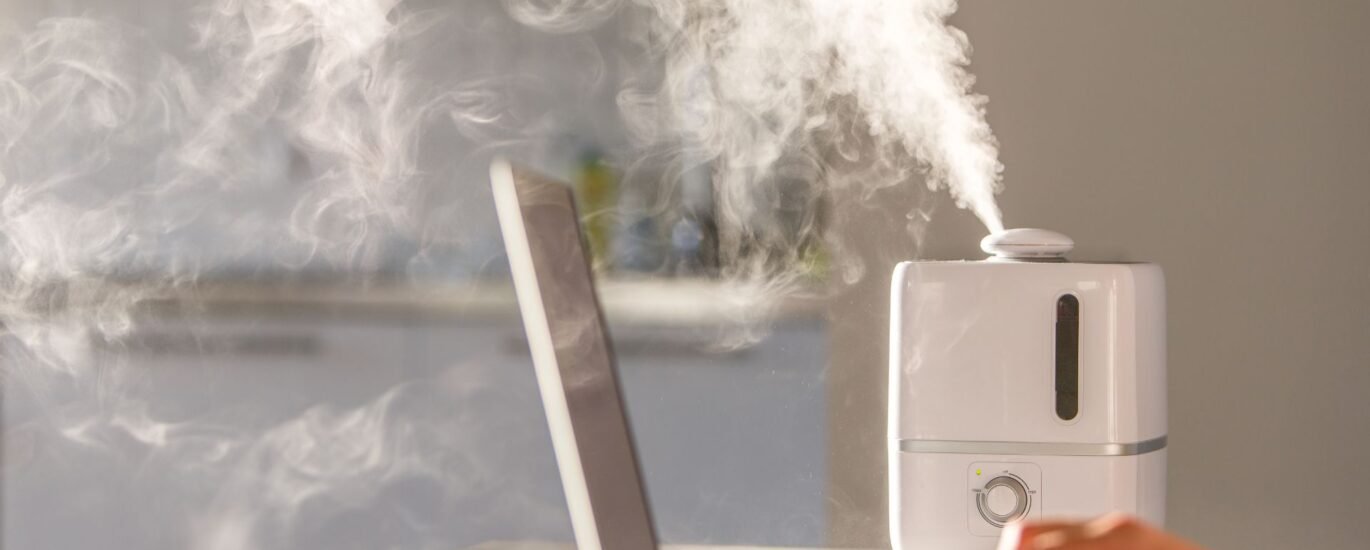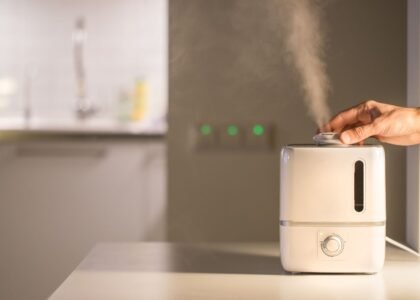Introduction
Most homeowners think of dehumidifiers as comfort appliances, but when it comes to moisture events and hidden humidity, professional dehumidification is a key defense for both your property and your health. In this post, we’ll walk through how dehumidification protects structure, belongings, and occupant wellness — and how it ties into your property restoration strategy.
The Hidden Risks of Excess Moisture
Even after visible water is cleaned up, residual humidity can linger. Some of the risks:
- Mold & Mildew Growth: Spores thrive in damp, dark conditions
- Odor: Musty smells that linger in walls, furniture, or carpets
- Dust Mite Proliferation: These pests prefer moisture — they worsen allergies
- Structural Damage: Wood can warp, delaminate, or rot; drywall and plaster may deteriorate
- Health Effects: Allergic reactions, asthma exacerbation, respiratory irritation
- Damage to Possessions: Electronics, fabrics, photographs, and stored items can degrade
By eliminating excess humidity, dehumidification reduces these risks dramatically.
What Ideal Humidity Levels Look Like
Keeping indoor humidity in the right range is crucial. As a rule of thumb:
- Aim for 30 %–50 % relative humidity (RH)
- Below ~30 % is often uncomfortably dry
- Above ~50 % is too high, favoring moisture damage
Professional dehumidification ensures RH stays in the “safe zone” during drying and long after.
How Dehumidification Fits into Water Damage Recovery
After a leak, flood, or structural moisture intrusion, dehumidification is part of a broader restoration plan. Here’s how:
- Water Extraction removes bulk liquid
- Airflow (air movers) encourages evaporation
- Dehumidification then pulls moisture from the air
- Continuous Monitoring ensures the drying is progressing
- Finish & Rebuild after conditions are stable
Without dehumidification, step 2 (evaporation) can stall — excess moisture accumulates, and drying slows dramatically.
Residential vs. Commercial: Different Needs, Same Principles
Residential Settings
- Single rooms or basements can use portable or whole-house systems
- Focus is on occupant health, comfort, and preserving home structure
- Crawl spaces, bathrooms, and kitchens are typical trouble spots
Commercial / Industrial Settings
- Larger square footage and higher moisture loads
- Inventory, equipment, and business continuity are at stake
- Often need robust, industrial-grade dehumidifiers and monitoring systems
Regardless of scale, the core goal remains: bring environment to safe humidity and keep it.
Common Myths About Moisture & Dehumidification
Let’s bust a few myths:
| Myth | Reality |
|---|---|
| “Opening windows is enough.” | Often not — outdoor humidity may be equal or higher. Dehumidifiers actively remove moisture. |
| “No visible mold = no problem.” | Hidden mold can grow in attics, ducts, insulation where not immediately visible. |
| “Small dehumidifiers suffice everywhere.” | Undersized units won’t manage the load after a water incident; professionals size correctly. |
| “Humidity control is only needed in damp climates.” | Even in temperate zones, indoor activities (cooking, showering) raise humidity. |
Understanding the truth helps you make better moisture decisions.
Signs Your Property Needs Dehumidification (Even Without Flooding)
You don’t need a flood to warrant dehumidification. Watch out for:
- Frequent condensation on windows or pipes
- Musty smell in closets, basements, or storage rooms
- Flaking paint, peeling wallpaper
- Persistent mold in bathrooms, kitchens
- Increased allergy symptoms indoors
- Dampness in crawl spaces or behind furniture
If you see these, you may benefit from professional assessment.
Case Example: Dehumidification in Action
Imagine this scenario: a pipe under the sink leaks for days unnoticed. Water seeps into the wall cavity, saturating insulation and adjacent wood studs. You notice a faint musty smell and see slight mold spotting on the drywall corner.
What a pro would do:
- Inspect behind drywall (cut small access)
- Use metrics to detect moisture content
- Remove or dry insulation and wall sections as needed
- Place dehumidifier and directed airflow
- Monitor daily and adjust setup
- Confirm dryness before finishing wall and repainting
That careful approach — especially dehumidification — stops hidden damage and future mold.
Best Practices in Dehumidification Strategy
Here are tips to optimize results:
- Use multiple units in large or irregular spaces
- Place units away from walls — allow airflow
- Keep doors closed to isolate zones
- Monitor temperature — dehumidifiers often work best in moderate temps
- Use ducting or hoses if available to target air pathways
- Adjust fan speed or direction as drying evolves
- Document humidity and moisture readings over time
These practices help professionals achieve full, even drying.
Linking Your Strategy to Service Options
If you want to understand how dehumidification is offered as a formal service (e.g. in a restoration context), take a look at our detailed Dehumidification page: svrestorationservices.com/dehumidification.
And when you’re ready to move forward, simply reach out via our contact page to discuss your property’s needs.
Conclusion
Dehumidification does more than remove excess water — it safeguards your property, your contents, and your health. Especially after a moisture event or when hidden humidity is suspected, professional dehumidification is a critical step.
By keeping humidity under control, you mitigate damage, prevent mold, and preserve structural integrity.
Don’t wait until damage becomes visible. If you see signs of lingering humidity or suspect moisture issues in your home or business, remember our dehumidification service page for more details: svrestorationservices.com/dehumidification.
And when timing is right, contact us via our contact page to get started on restoring a safe, dry environment.



